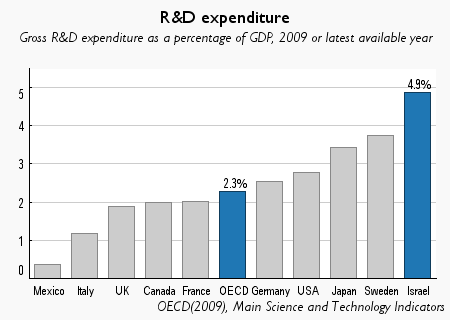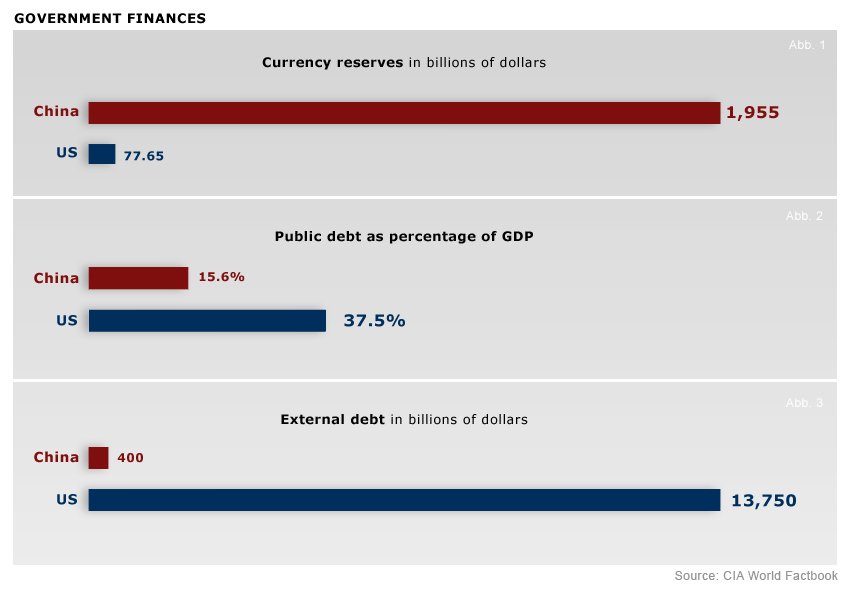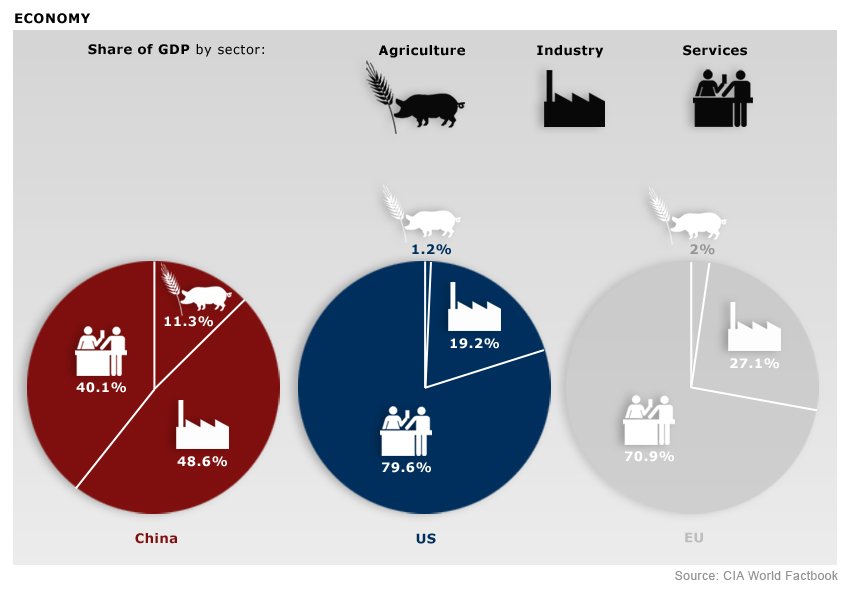A new report from Silicon Valley nonprofit groups Joint Venture: Silicon Valley Network and Silicon Valley Community Foundation casts doubt on the future prosperity of the region and mentions that the valley’s innovation engine is at risk.
From a news report:
“Silicon Valley’s innovation engine has driven the region’s prosperity for 60 years, but at the moment we’re stalled,†said Russell Hancock, CEO of Joint Venture, in a statement. “What’s hard to say is whether we’re stuck in neutral, which has happened before, or whether it’s time now for a complete overhaul.â€
Like the rest of California, the region has taken a serious hit during the recession. According to the “2010 Silicon Valley Index,†Silicon Valley lost more than 90,000 jobs since 2008, commercial vacancy rates jumped 33 percent, and more than 14,000 homes were foreclosed on.
Moreover, the region’s companies aren’t able to attract the same numbers of talented foreign workers, which it called Silicon Valley’s “lifeblood,†according to the report. And the number of foreign students receiving degrees stateside in science and engineering has been steadily declining since 2003.”
While the Silicon Valley and other regions of high tech innovation in the U.S. are struggling, start-ups are flourishing in Israel. In the past few decades Israel has become a leader in the hi-tech field. According to some estimates, Israel has a higher density of start-ups than any other country in the world. One of the main reason for this high rate of success is the amount spent on R&D by Israel.

Source: High-Tech Israel, OECD
Israel spends about 5% of its GDP on R&D, the highest among OECD countries and more than double the OECD average of 2.3%. It is interesting to note that the U.S. lags Israel, Sweden and Japan in R&D spending.

